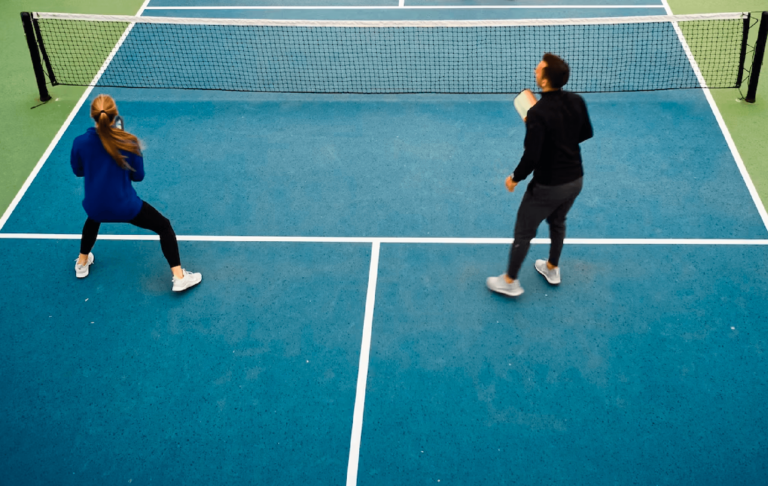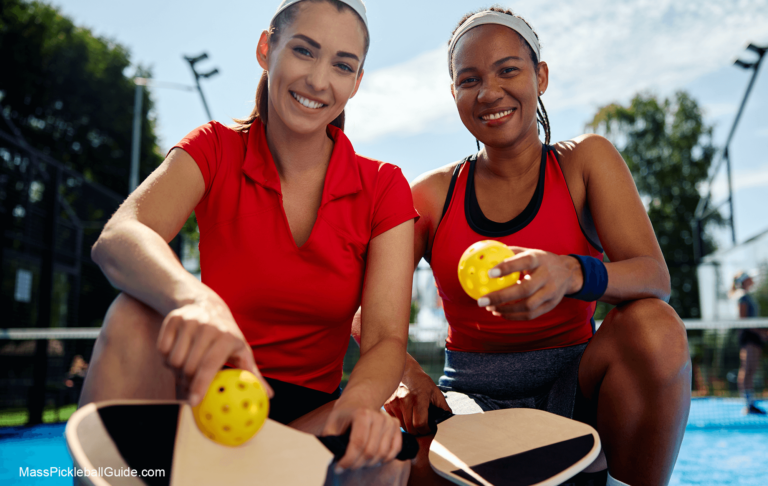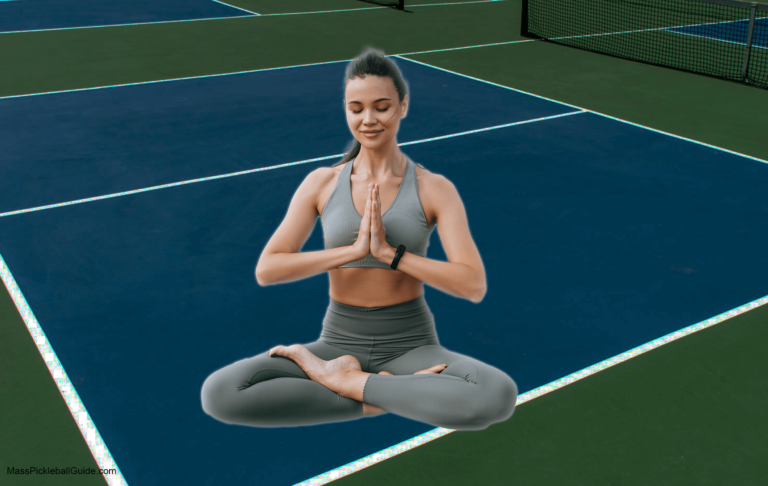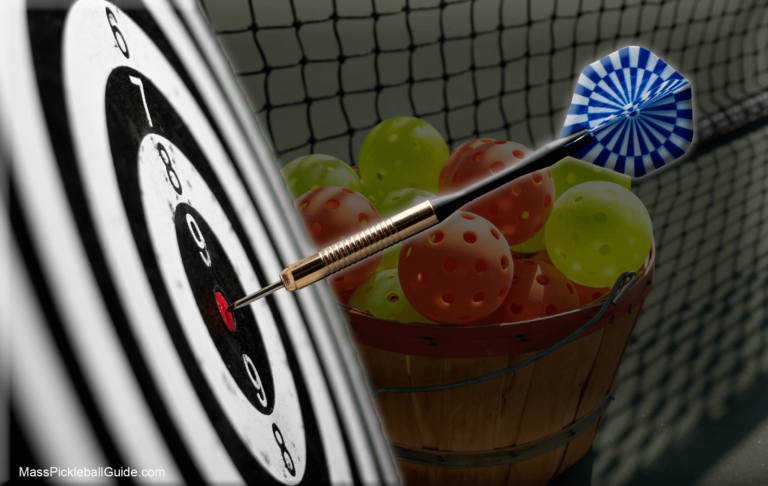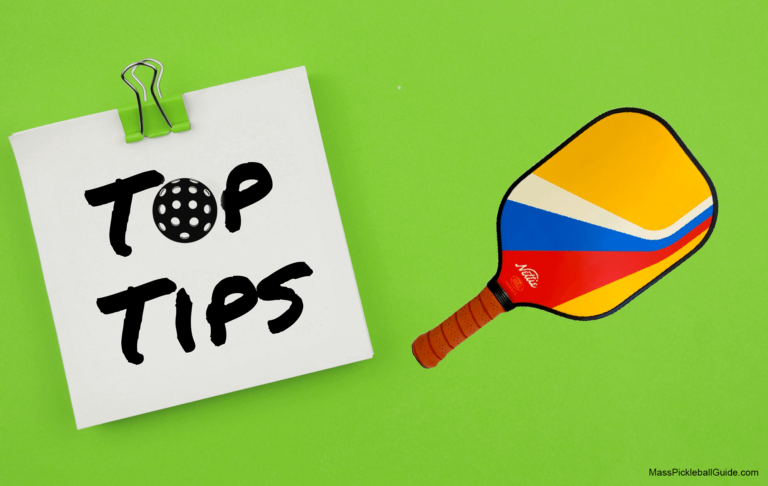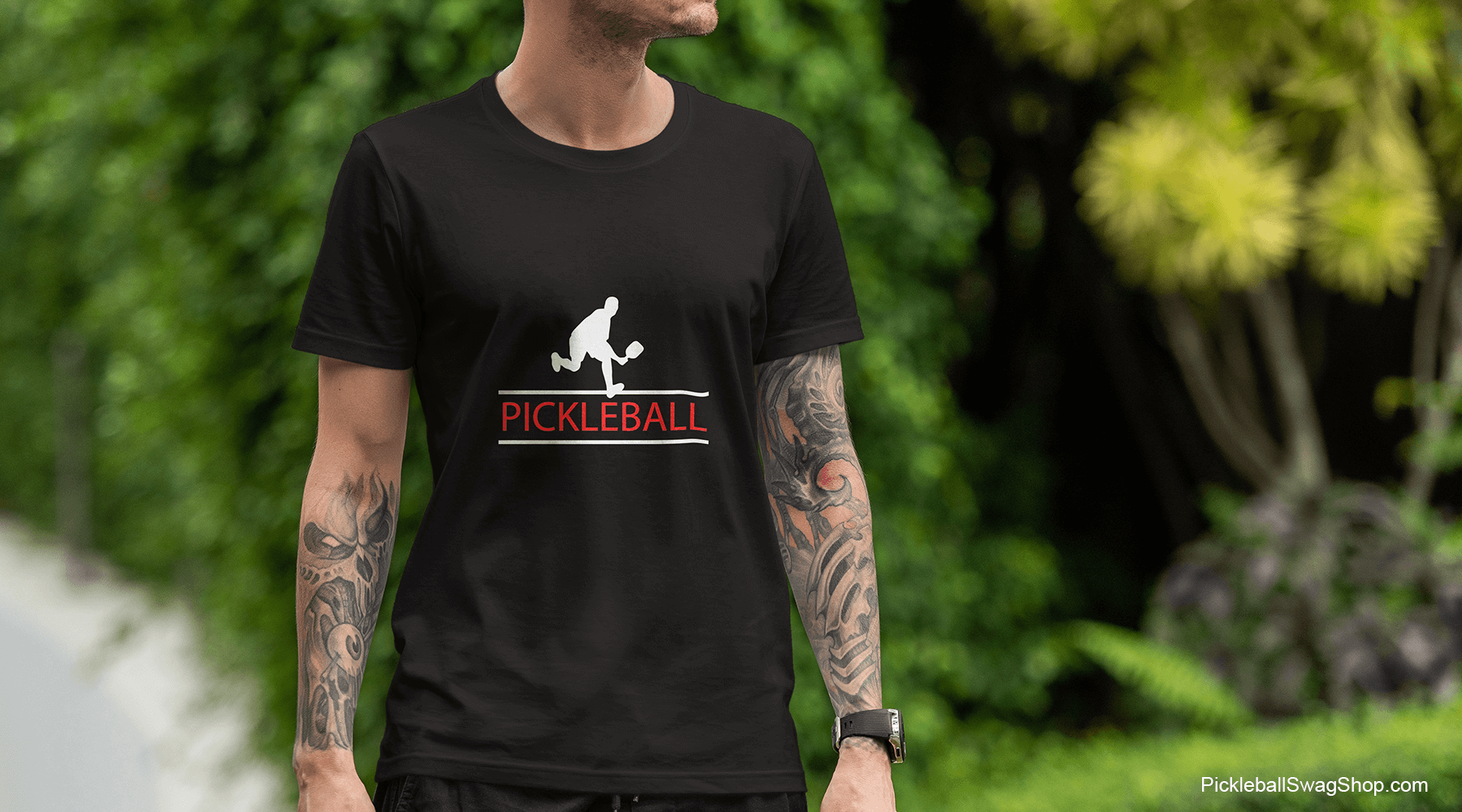Master Pickleball Quickly: Essential Tips & Skill Development
have fun along the way
As a beginner or intermediate pickleball player, you’re likely thinking about two critical questions: “How long does it take to get good at pickleball?” and “What factors affect the time it takes to learn and play pickleball better?”.
Whether you’re just picking up a paddle for the first time or looking to elevate your game, understanding the journey to pickleball proficiency is key. This article dives into the nuances of skill development in pickleball, exploring factors that influence learning pace, various developmental stages, and strategies to enhance your gameplay.
Have fun and don’t drive yourself crazy if you do not improve overnight!
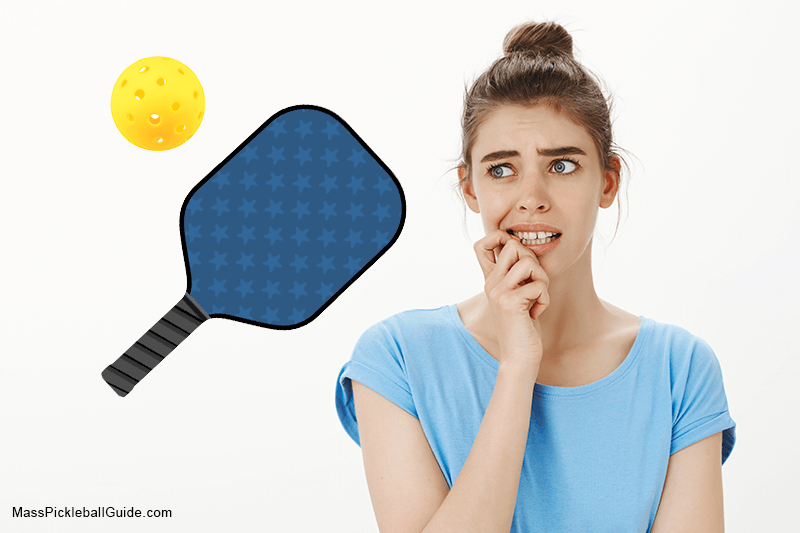
Factors Affecting Time to Excel in Pickleball
Prior Experience in Racket Sports
Players with a background in tennis or similar racket sports often have an easier time grasping pickleball basics. Skills like hand-eye coordination and swift reflexes transfer well to pickleball. However, newbies to racket sports need not worry! With dedication and regular practice, anyone can climb the skill ladder in pickleball. Learn more about transitioning your skills in our article on Mastering Dinking Strategies.
Pickleball vs tennis: what’s the difference in nets?
Physical Fitness Level
Pickleball demands a blend of agility, strength, and endurance. Being physically fit can accelerate your learning curve, allowing you to master complex movements and strategies more rapidly.
Time and Frequency of Practice
The adage “practice makes perfect” holds true in pickleball. Regular and consistent practice is crucial for developing muscle memory and honing reaction time. Aim for several hours of play each week to see tangible improvements.
Quality of Practice
It’s not just about quantity; the quality of your practice sessions matters too. Deliberate practice focusing on specific skills, like serving or dinking, can yield faster improvements. Engage in structured training, perhaps at a pickleball academy, to boost your learning. Additionally, reading up on A Beginner’s Guide to Pickleball Scoring can refine your understanding of game rules and strategies.
Table: Key Factors Influencing Pickleball Skill Development
| Factor | Explanation | Impact on Learning Curve |
|---|---|---|
| Racket Sport Experience | Hand-eye coordination and reflexes from other sports can transfer. | High – Eases transition into pickleball. |
| Physical Fitness | Strength, endurance, and agility play a vital role. | Moderate to High – Influences ability to perform and learn quickly. |
| Practice Frequency | Regular play improves skills and reaction time. | High – Consistent practice is essential for progress. |
| Practice Quality | Focused and strategic practice sessions. | High – Targeted practice leads to faster improvement. |
Stages of Skill Development in Pickleball
Every pickleball player’s journey can be broadly categorized into three stages: beginner, intermediate, and advanced.

Understanding these stages helps set realistic goals and tailor your practice sessions effectively.
Beginner Stage
Fundamentals: Learning the basic rules, grip techniques, serving, forehand and backhand shots, and court movement.
Scoring System: Grasping how points are earned and games are won.
For a comprehensive understanding, check out our Beginner’s Guide to Pickleball Paddles.
Intermediate Stage
Skill Refinement: Improving shot accuracy, consistency, and power.
Strategy Development: Understanding advanced tactics, especially in doubles play.
Technical Skills: Mastering third shots, drop shots, and dinks.
Advanced Stage
Precision and Power: Executing a wide array of shots with high skill.
Strategic Mastery: In-depth understanding and application of tactics in game scenarios.
Anticipation: Reading opponents’ moves and countering effectively.
Progression Tip: Regular practice, constructive feedback, and playing against various skill levels are paramount in advancing through these stages.

